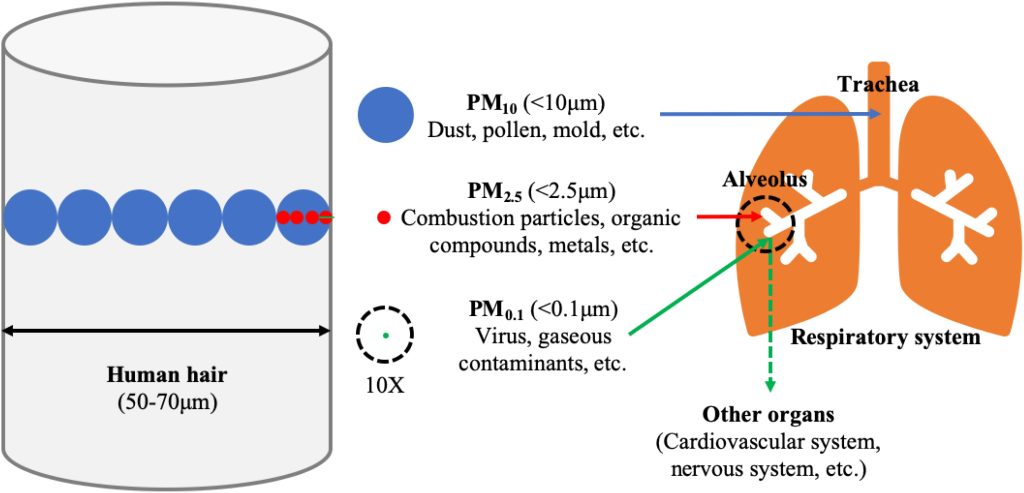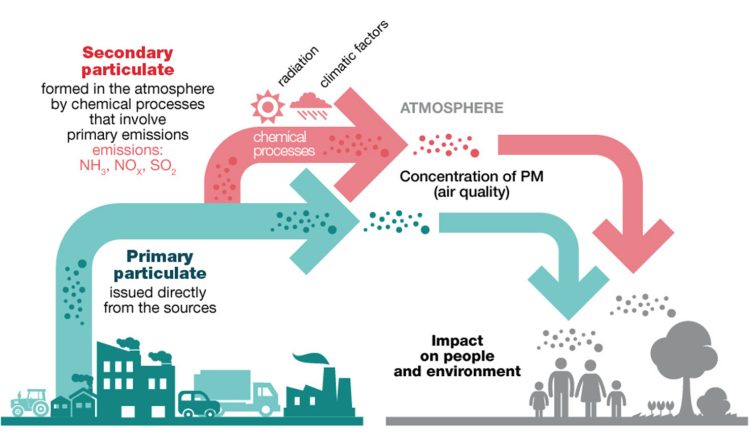The Enigmatic Industrial Combustions of the Early 20th Century
In the dawn of the 20th century, as Western nations were in the throes of industrialization, a series of baffling industrial accidents began to occur. Flour mills and sawmills were frequently rocked by devastating explosions, the causes of which eluded the keenest of minds. Even with law enforcement’s diligent investigations, the culprits remained shrouded in mystery. After ruling out sabotage, authorities turned to chemists and physicists for answers. It was discovered that these facilities shared a commonality at the time of detonation: poor ventilation, high temperatures, and an abundance of fine dust particles, such as flour and sawdust, suspended in the air.
A Discovery of Explosive Proportions
Was this suspended dust the key to these mysterious explosions? Scientific experiments revealed that once dry dust reached a certain concentration in the air and mixed thoroughly with oxygen, it fundamentally altered the physical and chemical properties of the particles. Non-combustible materials became combustible, and those that were hard to ignite became highly flammable. With the right temperature, violent combustion ensued, leading to a rapid energy release and, consequently, an explosion within the confined space.
From Cautionary Tales to Military Innovation
This newfound understanding led to improved ventilation in factories and storage facilities, drastically reducing the incidence of dust-related explosions since the turn of the century. The study of dust not only helped avert disasters but also paved the way for a novel military technology: the development of thermobaric weapons, commonly known as fuel-air bombs.
The Birth of the Fuel-Air Bomb
A fuel-air bomb, in layman’s terms, is a weapon that harnesses the explosive potential of aerosolized fuel. The success of this weapon owes much to the scientific community’s extension of the dust concept. In the popular imagination, dust typically conjures images of solid particles akin to grains of sand. However, liquid droplets and particles enveloped in a liquid sheath share the same physical properties as their solid counterparts, provided they are light enough to be buoyed by rising air currents and remain suspended. These suspended particles are known as aerosols or particulates.
Scientists utilized the effect of these tiny liquid droplets to craft a new breed of explosive weaponry. The chambers of fuel-air bombs are not filled with conventional explosives like TNT or black powder but with highly volatile, flammable liquid chemicals. Once these fuel-laden projectiles are deployed over a target, they first disperse the liquid, which then mixes with the surrounding air to form a concentrated aerosol cloud. Upon ignition, this cloud undergoes a rapid oxidation explosion, producing a fireball with temperatures around 2500°C, much like the industrial accidents of yore. The high temperatures from a fuel-air bomb explosion last significantly longer than those of conventional explosives, depleting oxygen in the vicinity and generating toxic gases like carbon dioxide and carbon monoxide, leading to asphyxiation and poisoning.
The Unruly Nature of Large Particulates
Aerosol particles are a common sight in our daily lives, varying greatly in size and effect. When winds rise, the once-still sand grains become airborne particulates. These larger particles, around 1 millimeter in size, are easily visible to the naked eye and cannot remain suspended for long. As soon as the wind weakens, they settle back to the ground, leaving little impact. In contrast, the particles that can stay aloft for extended periods are much smaller, usually less than 10 micrometers in size.
The main constituents of aerosols are particles less than 1 micrometer in size, known as submicron particulates. These are so small that they escape direct visual detection and require microscopes, or even electron microscopes, to be seen. Only when they are dense enough in the air and illuminated by strong light can they be perceived as a hazy presence. German atmospheric chemist Junger discovered that particles with a radius of 0.1 to 1 micrometer are among the most stubborn in the aerosol family.

The Global Impact of Particulates
These airborne dust particles do not merely drift idly; they significantly influence atmospheric physical and chemical processes and often play a crucial role in global meteorological disasters.
First, the presence of a high concentration of particulates in the air immediately reduces visibility, shrouding entire regions in a smog-like haze that blurs the outlines of objects. This phenomenon, known as “smog,” has become increasingly common in metropolitan areas due to human activities, such as burning fossil fuels and wood, which generate vast amounts of particulates.
Moreover, these particulates can severely disrupt the process by which sunlight reaches the Earth. Because the size of large particulates is close to the wavelength of visible light (0.4 to 0.7 micrometers), they can scatter sunlight effectively. Since visible sunlight is the most concentrated energy band of solar radiation and the primary source of energy for climate change and biological activities on Earth, an excess of large particulates can scatter sunlight back into space, leaving our planet energy deficient and potentially triggering a climate cooling effect that could severely impact the survival of living organisms.
The Role of Particulates in Historical Extinctions
The tale of small particles leading to the extinction of large creatures is not mere sensationalism; it has played out on our planet before. The extinction of the Jurassic dinosaurs, for example, is thought to have been caused by a colossal comet or asteroid impact that raised a vast cloud of dust. This dust, composed of large particles that formed an “aged” aerosol, scattered sunlight and plunged the Earth into a gloomy, cold winter, leading to the starvation and extinction of the dinosaurs and many herbivorous animals.
The Pernicious Potential of Particulates
Beyond their natural occurrence, particulates also have the potential to wreak havoc when engineered as weapons of war. The fuel-air bomb stands as a testament to the destructive power that can be unleashed when the principles governing industrial explosions are harnessed for military might. As humanity continues to grapple with the dual nature of scientific advancements—capable of both safeguarding and endangering life—our relationship with the seemingly innocuous dust particle grows ever more complex and consequential.


















































Discussion about this post